Introducing an exceptional year for the FIA World Endurance Championship
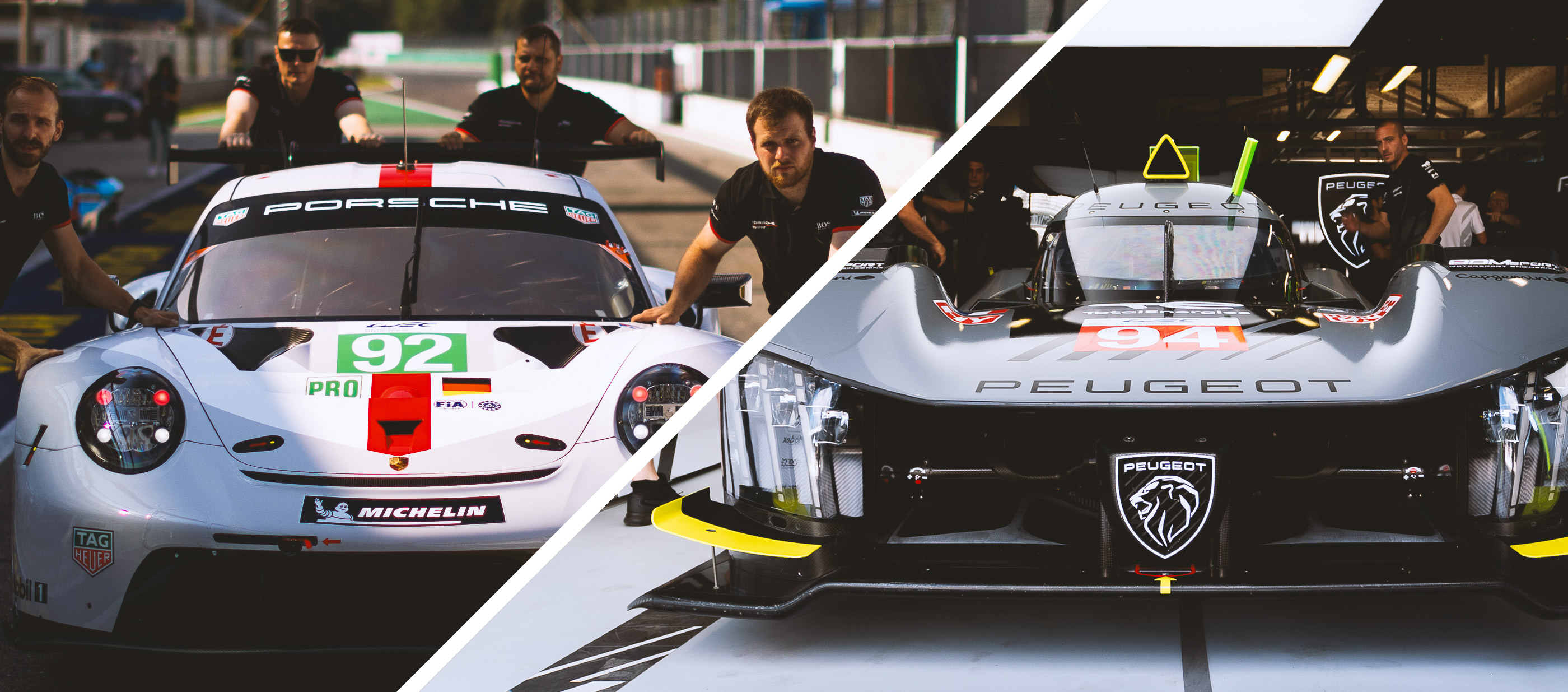
This season's FIA World Endurance Championship (WEC) is proving to be a truly exceptional year for the series, the premier international championship for sportscars.
Raced over distances from six to 24 hours, this year the closed-cockpit cars are being powered to hit speeds of 330kph by fuel that is an off-shoot of the French wine industry.
Renewable fuel
The introduction of a 100% renewable fuel for 2022 - meaning all the energy comes from renewable resources as part of the move away from relying on fossil fuels - is a first for an elite international motorsport series.
It is the latest innovation by a championship that, since its inception in 2012, has brought major developments to road car design and crossover technology, performance and safety.
"The FIA World Endurance Championship continues to innovate and push what is possible in its tenth season and beyond," said Frédéric Lequien, WEC CEO.
"We have achieved great things in the past decade and now with our latest Hypercar rules and the adoption of 100% renewable fuel in the form of TotalEnergies Excellium Racing 100 we continue to push technological development and highlight the latest technology on a global stage."
Excellium Racing 100, is produced on a bioethanol basis from wine residues and from ETBE (a by-product made from ethanol) produced at TotalEnergies’ Feyzin refinery near Lyon in France from feedstock also sourced from the circular economy. The fuel - which does not contain a single drop of petrol - was developed after 18 months R&D through a process of fermentation, distillation and dehydration of grape marcs and lees.
This base is then blended with ETBE (Ethyl Tertiary Butyl Ether), itself a 100% renewable component. TotalEngeries say that in line with the methodology provided by the European RED II directive (2018/2001), Excellium Racing 100 can reduce greenhouse gas emissions by at least 65% compared to its fossil equivalent.
The greater awareness of environmental and societal issues in recent times means much thought has been given to the future of motorsport,” said Pierre Fillon, President of the Automobile Club de l'Ouest (ACO), which organises the championship’s flagship 24 Hours of Le Mans race.
"With our friends at TotalEnergies going the extra mile to develop sustainable solutions, our commitment to Corporate Social Responsibility has never been stronger,” he said. “We shall continue working towards our goal of being a trailblazer in sustainable mobility."
The use of the 100% renewable fuel is the latest example of innovation from the WEC, which embarked on a new era in 2021 with the introduction of the Hypercar for its premier class, a move that has seen major global car manufacturers like Peugeot enticed back into the series.
Hypercar
The Hypercar class – which was introduced in 2021 to replace the former LMP1 category - is the top-tier category in the FIA World Endurance Championship. It is open to both specialised prototypes and cars based around road-going vehicles. Cars have a total combined output (engine + hybrid system if fitted) of 500 kW and a minimum weight of 1030kg.
Peugeot, a three-time Le Mans winner, will compete in the remaining three rounds of the 2022 WEC season with a Hypercar, starting with the 6 Hours of Monza in Italy from 8-10 July.
For its return to the top echelon of sportscar racing for the first time in over a decade, the manufacturer has built a brand new hybrid car to Le Mans Hypercar rules, christened the 9X8.
In 2023, Ferrari, Cadillac and Porsche are set to launch their Hypercar entries underlining the commitment of the major car manufacturers to the future of endurance racing.
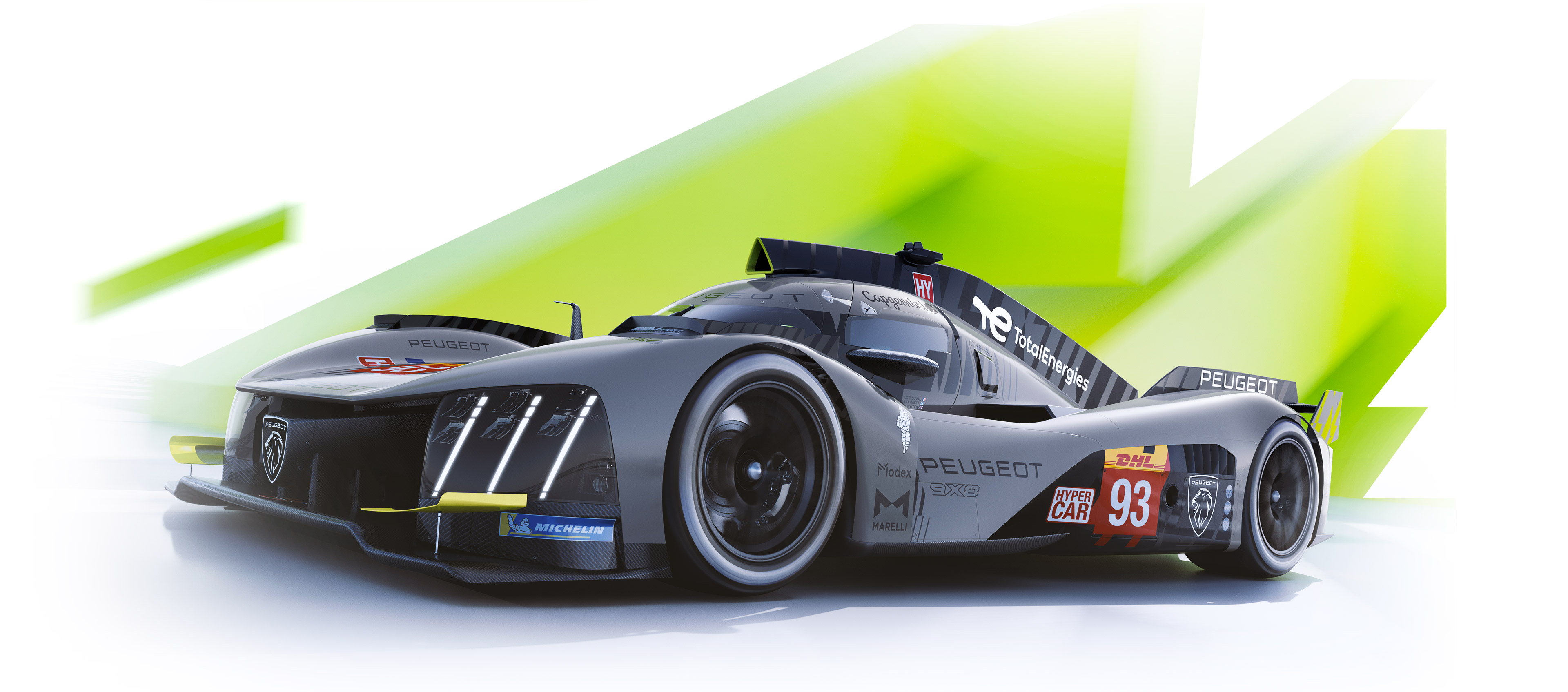
The success of the Hypercar category gives us reasons to be proud,”said Mohammed Ben Sulayem, President of FIA, motorsport's world governing body.
"This platform proves to be relevant to the manufacturers and the sheer number of brands committed to this category speaks volumes."
Moving from Hypercar to hydrogen is the aim for the next few years with The Mission H24 project, which will bring electric-hydrogen fuel technologies to endurance racing.
The project - a joint research effort between the ACO and the Swiss company GreenGT - aims to have a hydrogen-powered class at the 24 Hours of Le Mans in 2025.
Hydrogen-powered prototypes have already been seen on racetracks at Imola and Le Mans in the Michelin Le Mans Cup series and during a demonstration lap before the 24 Hours of Le Mans in June.
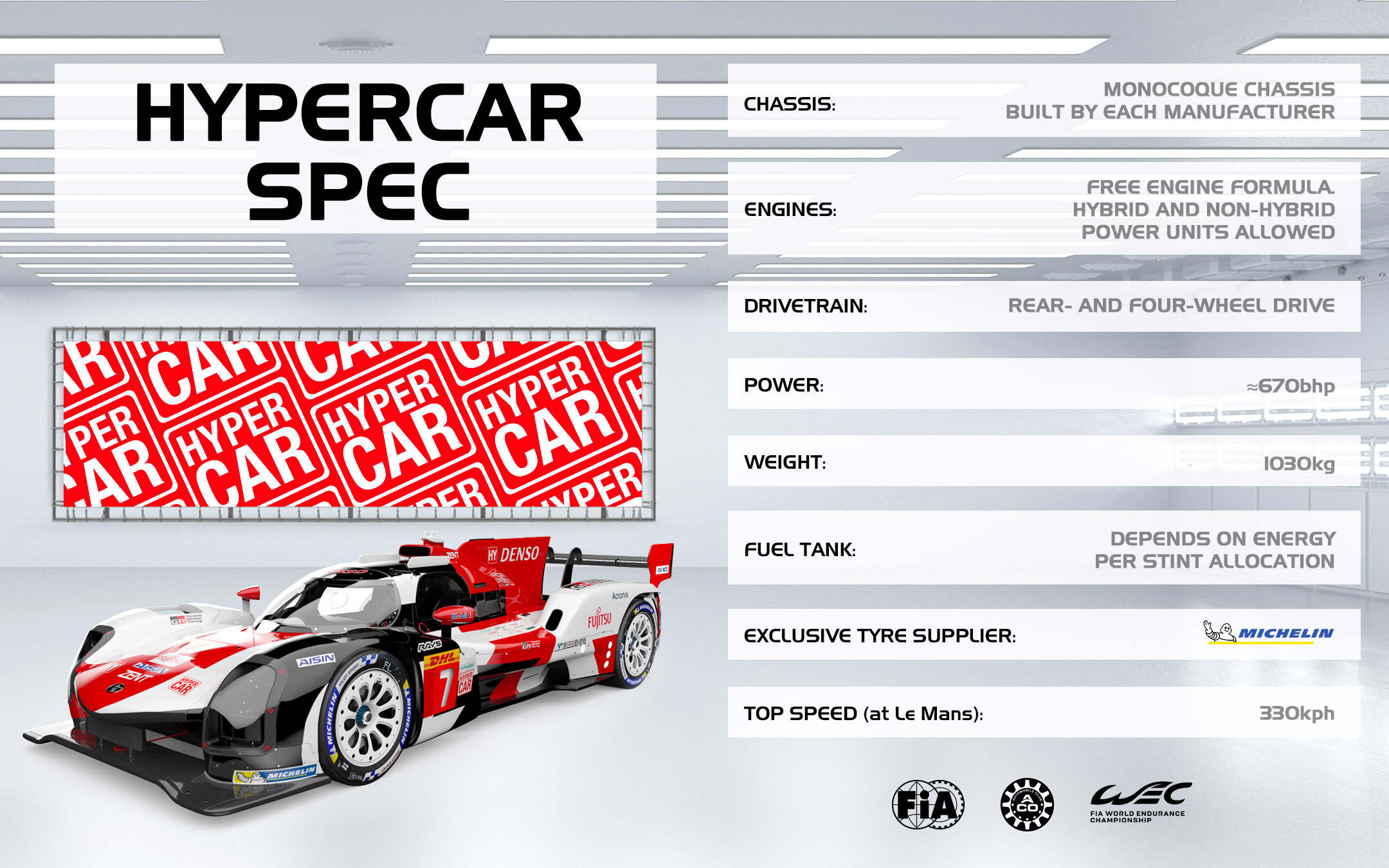
Promoting Diversity
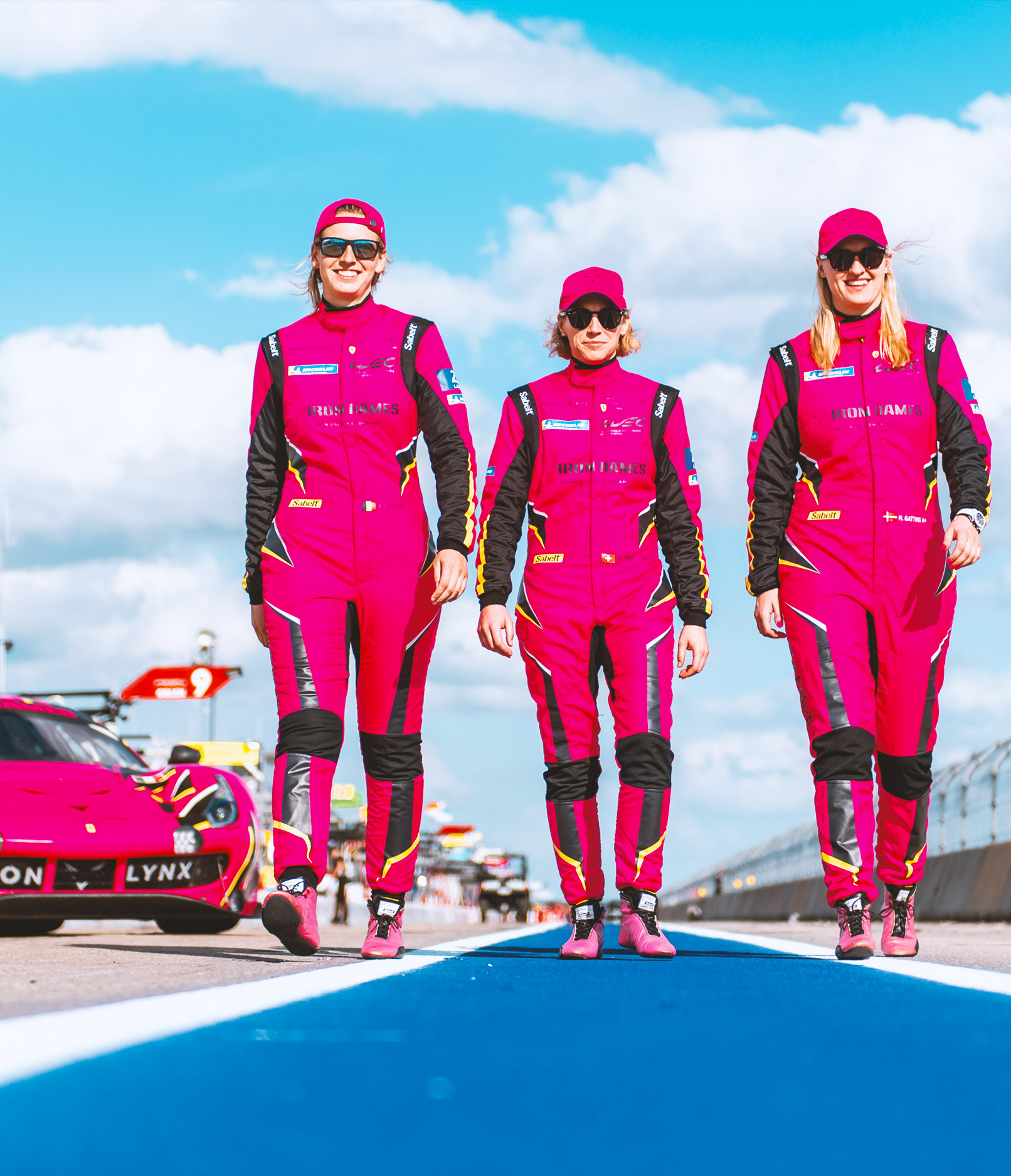
Diversity has also been a key element of the WEC. In 2021, the Richard Mille Racing Team, supported by the FIA Women in Motorsport Commission, ran an all-female line-up of Tatiana Calderón, Sophia Flörsch and Beitske Visser in the championship.
At Le Mans the previous year, the crew had finished an impressive ninth in their category at the legendary endurance race at the Circuit de la Sarthe.
The Iron Dames also compete in the LMGTE AM category this season with an all-female driver line-up. This unique project was conceived by French racing driver Deborah Mayer, a keen promoter of women in motorsport and the FIA Women in Motorsport president.
Young Talent
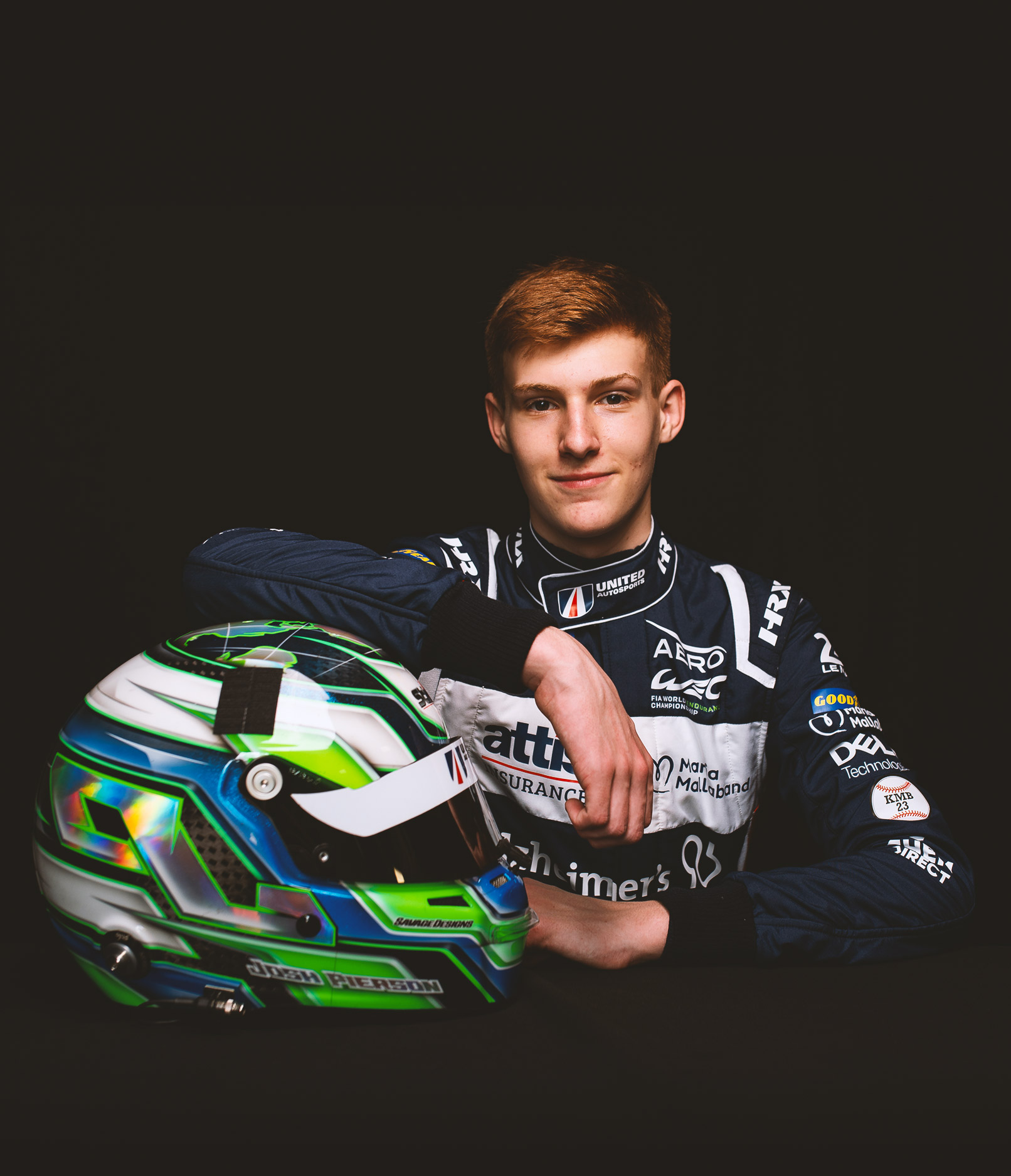
Teenager Josh Pierson also re-wrote the WEC record books, at the season-opening round in Florida, by becoming the youngest-ever winner in the 1000 Miles of Sebring, having turned only 16 years old the month before.
The Oregon-based racer teamed-up with the veteran British duo Paul di Resta, the ex-F1 driver and Oliver Jarvis for LMP2 class honours for the United Autosports USA team.
Pierson, who started karting at the age of two years old, went on to finish sixth at the 6 Hours of Spa-Francorchamps in Belgium, and sixth on his debut at Le Mans, where he also became the youngest driver to compete in the 24 Hour classic.
After Monza, the final rounds of the series - which in a sign of its popularity has seen its biggest entry ever this year - are in Fuji in Japan on 11 September and Bahrain where the season reaches its climax on 12 November.




